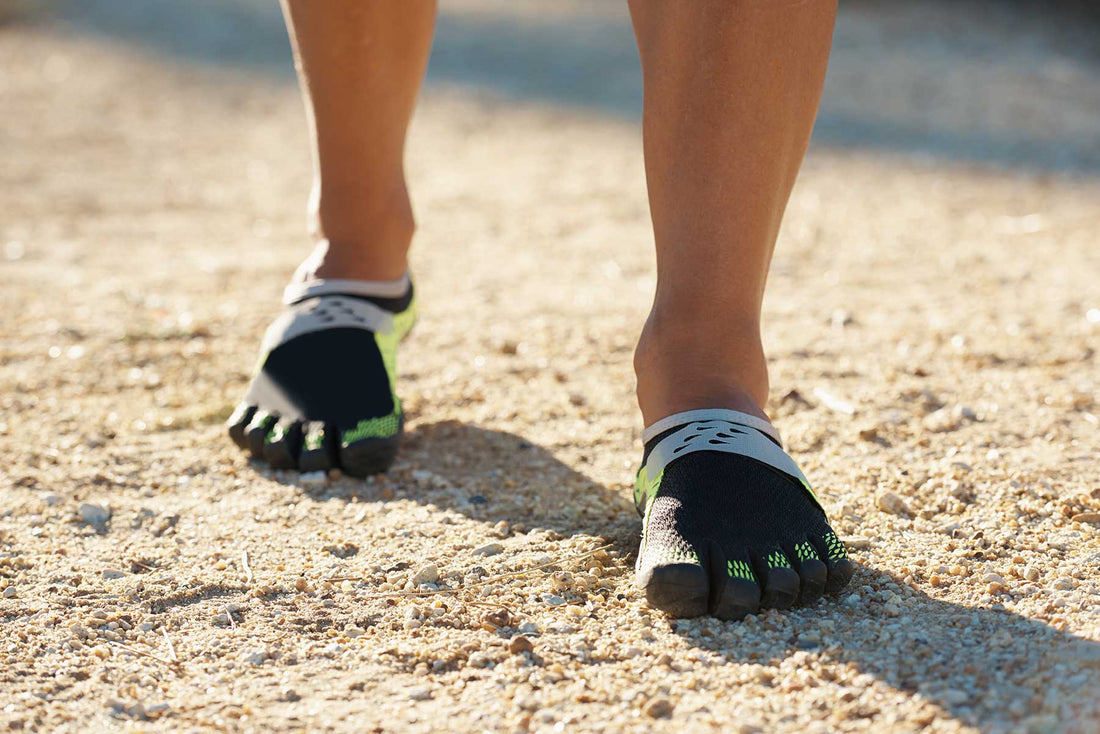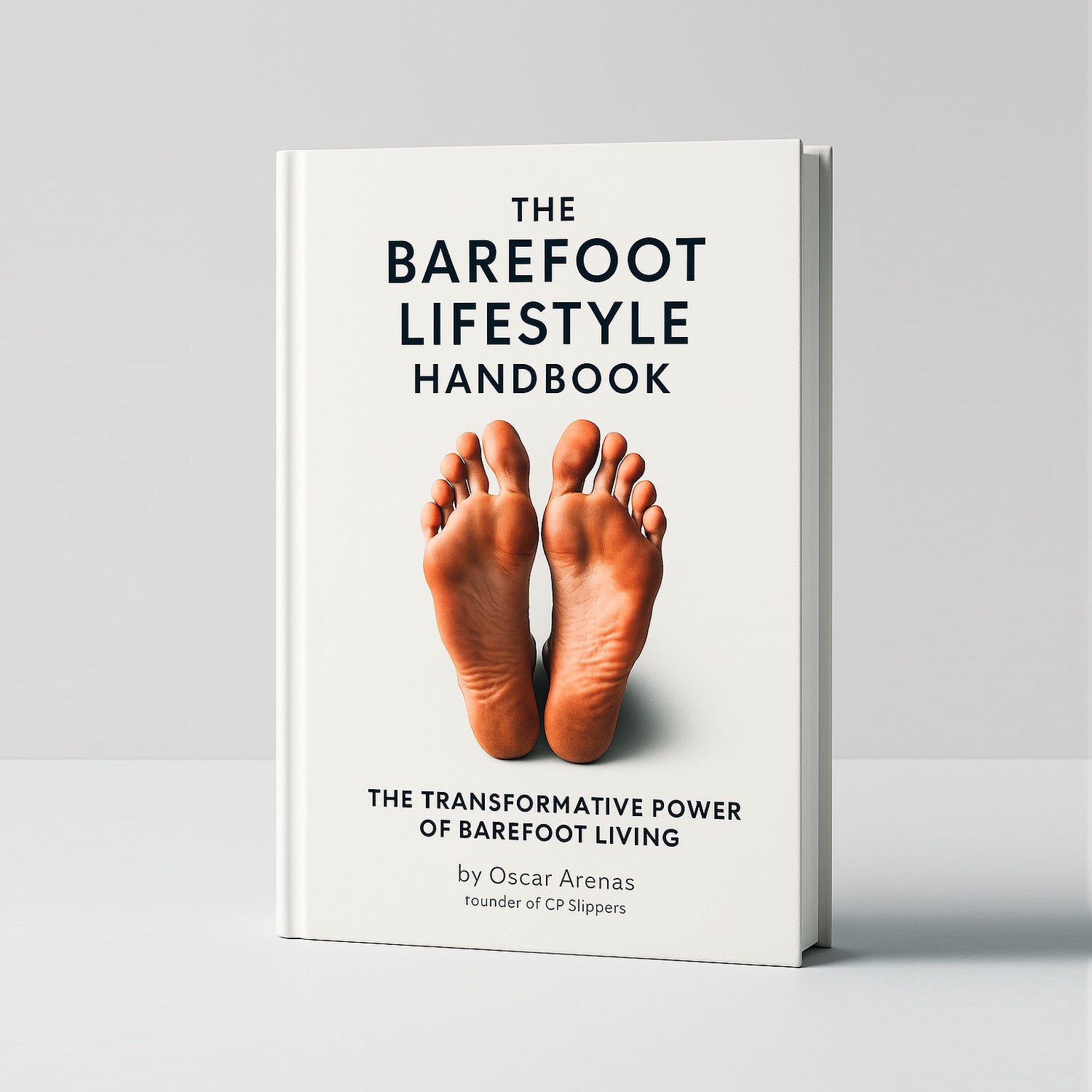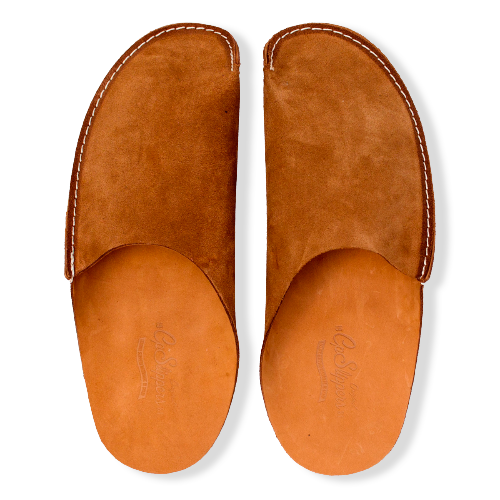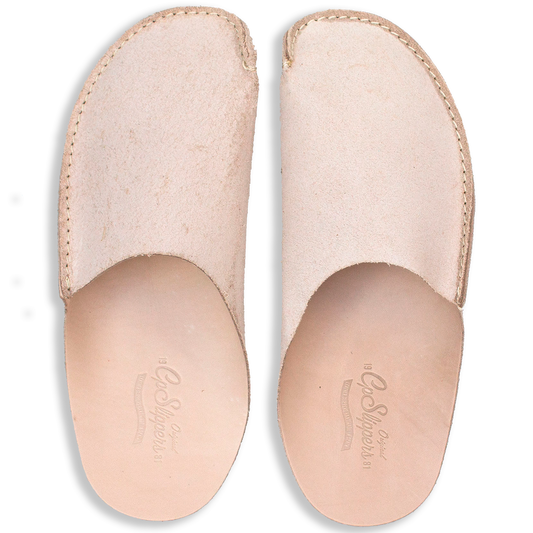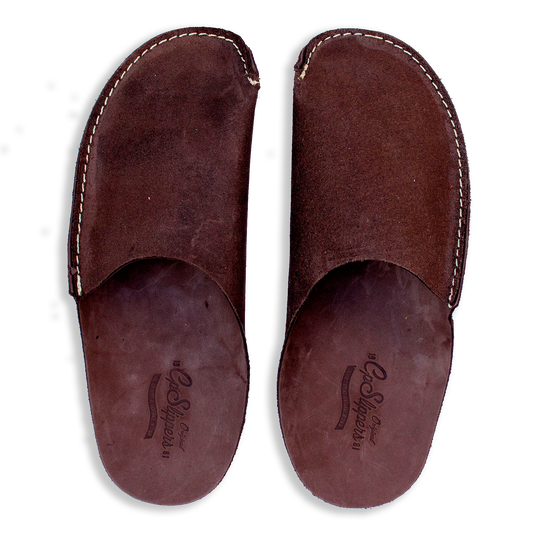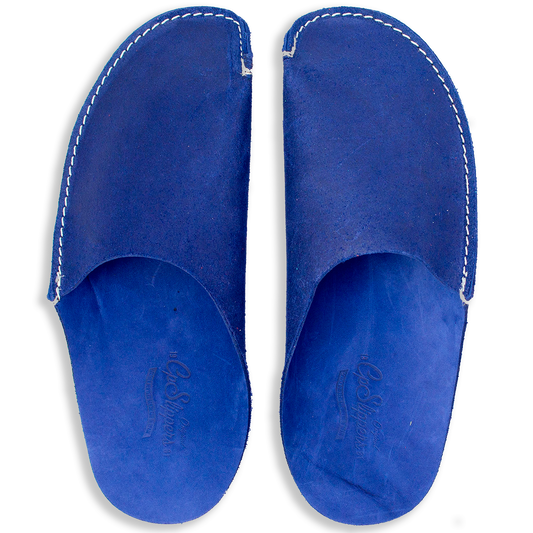Finding the right balance for those who can't always go barefoot
Slippers, sandals, and minimalist shoes for a barefoot lifestyle
Living barefoot does not mean living barefoot exactly all the time. Whether for safety, social graces, or pure practicality, we frequently find circumstances in which some sort of footwear is required in the modern world. The good news is, though, not all shoes are made equally.
Minimalist shoes provide a middle ground: structure without stiffness and protection free from constraint. These barefoot-inspired choices adapt to the demands of modern living and help retain natural movement, sensory connection, and foot strength.
What is minimalist footwear?
Fundamentally, minimalist shoes are meant to let your body's natural mechanics flow free from interference. Minimalist shoes are meant to replicate the barefoot experience, unlike conventional shoes with often thick soles, arch support, and tiny toe boxes.
The key features of barefoot-friendly shoes typically include:
- Thin soles that allow ground feel and flexibility
- Wide toe boxes for natural toe splay
- Zero drop from heel to toe for neutral posture
- Flexible materials that move with your foot, not against it
It follows: one shoe that shields your feet without sacrificing your natural alignment, gait, or muscle activation.
Exploring the options: Slippers, sandals, and more
Slippers and house shoes
Perfect for the house, simple slippers anchor your feet and provide warmth and protection. Search for unstructured natural material designs, including wool, leather, or cotton. For indoor living, CP Slippers, for instance, are made with a barefoot feel in mind—no padding, no heel—just gentle support.
Sandals and open shoes
Perfect for casual events and warm regions, minimalist sandals let your feet breathe while just enough sole protects you from uneven ground. Companies like Xero Shoes, Luna Sandals, or even classic huaraches capture the barefoot attitude.
Minimalist running shoes
Minimalist running shoes provide the lightness and flexibility required to preserve a natural running form, with just enough cushioning for pavement or trail runs, therefore allowing people who wish to extend their barefoot lifestyle into sports performance.
Simple daily minimalist shoes
Indeed, minimalist shoes can be really fashionable. Nowadays, many companies provide formal or casual shoes with barefoot ideas: attractive looks, wide toe boxes, and zero-drop bottoms ideal for business, parties, or city life.
How to choose the right minimalist footwear
Not all simple shoes are made equal. When shopping, consider:
- Sole thickness: Thinner soles increase sensory feedback but may offer less protection. Choose what fits your lifestyle.
- Toe box width: Your toes should spread freely without compression.
- Material: Natural, breathable fabrics promote comfort and flexibility.
- Fit: Shoes should feel secure but never tight. Let your foot move and flex naturally.
Try several models and allow time for adaptation. Your ideal barefoot-alternative shoe should feel more like a second skin than like a cast.
Transition tips: From cushioned to minimal
Changing to minimalist shoes takes time, much like going barefoot. Years of wearing structured shoes will cause your muscles, tendons, and gait to change.
Start slow:
- Wear minimalist shoes for short periods at first — 30 minutes to 1 hour daily.
- Mix them into your routine gradually: wear them while walking, stretching, or doing errands.
- Listen to your body — some muscle soreness is normal, especially in the calves and feet.
- Strengthen your feet with exercises like toe spreads, balance drills, and barefoot walking.
Final thought: Embracing foot freedom — One Step at a Time
One does not have to go barefoot all or nothing. Actually, your barefoot path might include selecting the appropriate shoes. When the surroundings, or society, demand it, minimalistic shoes provide an opportunity to preserve freedom of movement, stay in touch with your senses, and protect your feet.
There's a barefoot-friendly choice for every minute of your day—from a handcrafted slipper for your house to a sleek minimalist shoe for your commute to a barefoot-style sandal for the summer.
The key? Keep your feet free — even when you’re wearing shoes.

